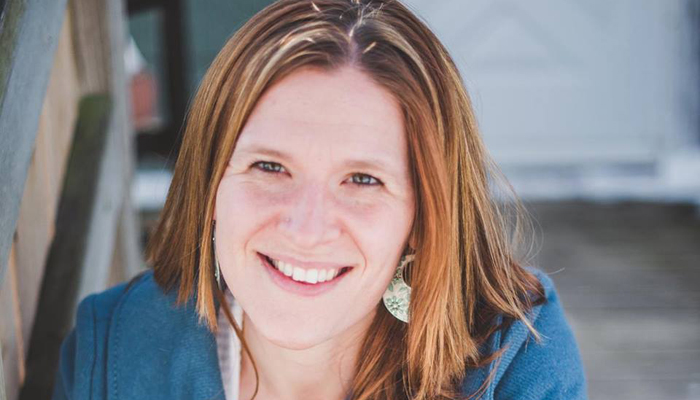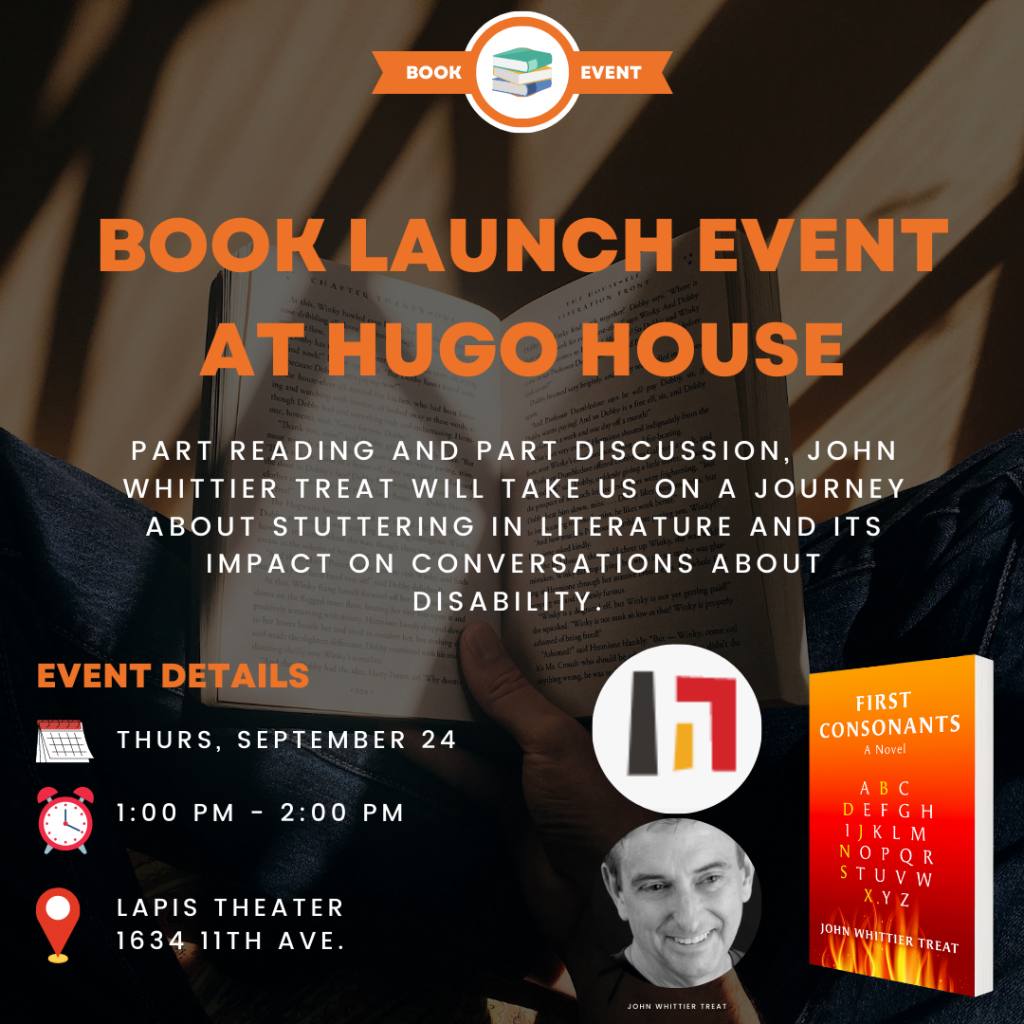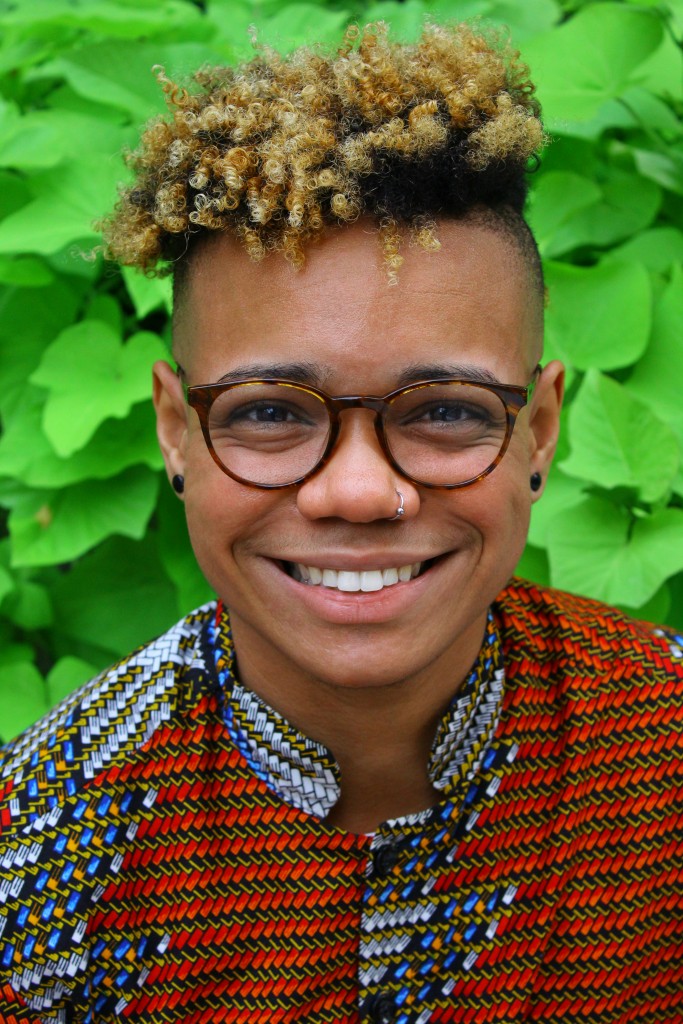For years, my sister Jen and I had an ongoing competition: take the recipes for our favorite comfort foods and try to tweak the ingredients to make those foods as healthy as possible without losing flavor or texture. We did this with cookies, breads, soups, muffins — you name it, we altered it, creating a new thing in the process. Later, when she and her two kids developed allergies to soy, nuts, dairy, and eggs, we turned our efforts towards developing versions of their favorite meals that wouldn’t offend sensitive systems.
And we were damn good at it, which mattered to us. It mattered that our experiments resulted in food that was just as tasty, just as “honest” as the original. We’d grown up in a small town in northern Indiana, surrounded and nurtured and fed by Methodist women. Good food, particularly comfort food, was a kind of currency in our community and in our household. Food was a form of love. Our version was just healthier — leaner, lower in fat and sugar — than the food we grew up on.
I thought of this recently as I was winding down one teaching session and gearing up for another: about the stories we tell ourselves and each other, about the ways we create “low-fat-low-sugar” versions of those stories, about the ways I encourage my students to think both about audience and intent. As a writing instructor and tutor for the YWCA, I facilitate various classes in our community, from creative writing for women at our local jail, to basic written communication for guys at the federal prison, to G.E.D. essay with adult learners in the Y’s literacy program. My students are diverse in every way, and so are their stories — and their motivations for writing. Which version of this story are you telling? I ask them. The GED version or the one you’d stand up in front of church to tell or the one you’d spit out between beers with friends at your favorite pub? Would you tell your daughter this story? Your mom? How does your audience affect what parts of the narrative you leave in or edit out? And why?
When I arrived in L.A. for my first grad school residency, classmates were utterly unsurprised to find out I was from the Midwest. Why? Because, they said, I was just “so nice” and “sweet,” even “wholesome.” I heard this so much that it embarrassed me. No, no, one friend reassured, nice wasn’t a bad thing. Just different than people were used to.
Really? Where I’m from, nice is normal. It’s expected. If you can’t say anything nice, don’t say anything at all, etc.
Over the next two years of school, much of my writing dealt with growing up small-town, in church, the daughter of a pastor; it explored religion and faith and, ultimately, disbelief. That wasn’t exactly what I’d meant to write. While I was busy scribbling about travel and cultural exchange, artwork and mission work, it just sort of happened. I couldn’t deal with the subjects until I dealt with The Subject. But The Subject was painful, confusing, full of personal development and revelations that, if shared, might cause pain for people I loved and respected. It might cause them to lose respect for me.
Consequently, the writing and revision process was also painful and confusing and full of revelation. I’d grind away at an essay only to receive commentary from faculty mentors who felt I was being “too nice.” Try not to be a Midwestern Methodist woman for awhile, wrote one. Pretend you’re a New York Jew! (She herself was a New York Jew.) Say the things you reserve for midnight, wrote another, poetic even in his commentary. You can always go back in and edit later.
I tried the best I could. But I’m not a New York Jew or a poet. I’m just me, and my urge to self-censor is old and intrinsic and ongoing; it takes a great deal of effort for me to lift the filters and let that first wave of honest storytelling onto the page. So I wrote for an imaginary audience of critics — academic, professional, personal — whom I feared might read my work, and I edited accordingly. I had no other audience in mind. I finished my thesis, graduated, and emerged from the experience feeling only slightly less confused about whether I was heading in the right direction, towards making art that was true and good and that mattered.
Then a few months after graduation, I began working on an essay based on an in-class freewriting I’d done with students at the jail: it was about my tattoos, how I acquired them and what they mean to me; and about my relationship with my husband, Ben, and his relationship with my tattoos. For months, I chipped away at it in my spare time, with Ben’s support and insight: he read draft after draft, questioning my wording, my facts, and very occasionally, my ideas.
That was brave of him. There were scenes that were embarrassing, moments that were uncomfortable or sad to remember, let alone reflect upon and try to understand. Neither one of us came out of that essay feeling particularly “nice.” Yet Ben’s perspective was invaluable, clarifying in a way no one else’s could have been.
Late one night, sitting next to him on the futon, I typed the last sentence with a gasp.
“I think I got it right.”
I emailed the final draft to a friend from school who sent back some editorial comments and a couple of questions.
“What I love most,” she wrote, “is that it’s YOU in there — not cleaned up, not shy, no holding back. Raw honesty.”
But it wasn’t raw honesty; it was edited, for good reason. I did hold back. What needed to be in the essay was in the essay — no more, no less. I’ve had lots of practice telling more wholesome versions of my life, but this was the first time I’d managed to shape a deeply personal story in order to connect with readers, not to spare them. Or myself.
Later, with Ben’s permission, I published that essay, “The Stone of Help,” at The Rumpus. What I heard, again and again, was that the work was beautiful and heartbreakingly honest, that the story felt true. And yes, a couple of them even called it “sweet.”
Then my dad wrote to say that he and Mom had listened to the audio version together; however proud they were, however beautiful the essay, it had been difficult for them too. No parent enjoys stories about a child’s painful choices. Ben told me that his sister, with whom he and I are both close, had called to tell him she was torn between pride and hurt. It had been difficult to read about the anguish I’d caused her little brother. Why hadn’t I told her this story before I’d shared it with the world?
I’m sure it won’t be the first time I hurt or offend someone I love with my writing, but the art of editing exists, in part, to help keep me from doing harm. There’s a difference.
Every Halloween since Ben and I moved into our house, I’ve been passing out homemade cream-filled pumpkin cookies — another treat for which I’ve made a healthy version.
“Don’t bother,” my boss told me the first year, “parents will never let their kids take them.” There wouldn’t be many kids anyway, what with all the “alternative trick-or-treating” or “harvest celebrations” our local churches offer. Too many years of fear have accrued: apples with razors, cookies with rat poison, scary adults that go bump in the night. And then there are the allergens.
So I typed up a label for each cookie, complete with ingredients list, our names and address, and a little message: Have a safe and happy Halloween! I wanted to convey our utter harmlessness and good will. No tricks up our sleeves, only healthy treats! What’s that, allergies? We’re here to protect your children! Here’s our address — you can hold us responsible!
See how wholesome we are?
I bought a family-sized bag of candy and poured it into my grandmother’s ceramic pumpkin jar. I set the candy on our front steps alongside a plate of individually-wrapped and labeled cookies. I dressed in orange from head to toe. We turned on our porch light and waited.
And the kids came — single, with parents, in giggling groups, sparkly, winged, blood-splattered, masked. We offered them cookies or candy or both, and by the end of the evening, we had a heap of leftover candy and very few cookies.
So we made them the next year. Then the next. And in a few weeks, we’ll do it again.
Last year, I didn’t have time to make the labels, and in my haste, I didn’t bother to make the healthy cookies. I just whipped up the good ol’ cream-filled version, wrapped them, and threw each little heart attack on a plate.
Soon our neighbor Jennifer stopped by with her daughter. I knew Jennifer had been trying to lose weight, and she’d been making incredible progress — working her ass off, literally, with miles of running, biking, and swimming. I was proud of her and knew she felt great. She stepped onto the porch that evening dressed in running clothes.
“I’m sorry, there’s nothing healthy about these at all,” I said sheepishly, offering both of them a cookie.
Sorry for what? I wondered later. For offering what I had, even if it interfered with someone’s personal standards or sensibilities? Sorry if it caused someone — using the church language I grew up with — to “stumble”?
Jen Facebooked that night to say that the cookies were AMAZING, and could she have the recipe? Of course! I replied, and typed up the original, including little notes: she could sub in whole-wheat flour here or applesauce there… Not that she’d asked.
The next morning, I opened the November issue of The Sun magazine and read a letter to the editors, written by a woman named Helga S. Teske:
“Aware of your magazine’s socialistic bent, I subscribed for years, but eventually, I found the pop-culture references, slang expressions, foul language, and confessions of various addictions — alcohol, nicotine, drugs, and sex — unacceptable. Culture should elevate us… America’s negative influence has changed the standards of many, but not mine.”
While I didn’t — and still don’t — entirely disagree with her sentiments, Ms. Teske’s letter reminded me, again, that we’re expected to edit our appearance, our words, our actions, our stories, our selves in order to “be nice,” or up to standard. Or at least not offensive. How soon this expectation is tucked — or hammered — into a child’s consciousness depends on where, how, and with whom you’re raised. I’m not the only one who was trained to self-edit from an early age.
Now I live in another tiny town where until recently, I worked at our small library, the center of information and gossip in this close-knit, conservative community. I saw what folks borrowed, or avoided, or checked out and returned: passing up Danielle Steele or Nora Roberts novels for Heartsong paperbacks; returning Water for Elephants because of its “foul language”; complaining when we put Fifty Shades of Grey on the shelves. If people were “allergic,” so to speak, to ingredients in the stories they encountered, they let us know it was “unacceptable,” in Ms. Teske’s words. As in, I won’t put that junk in my system.
This is not a perfect analogy, I know, but where I’m from, it makes sense: full-flavored foods made with real ingredients nourish us. They feed us, and they taste damn good. The same is true with stories. I’m not talking about salacious content for its own sake. I’m talking about the mess of our existence, and from that, the rich array of ingredients available to us. What contributes flavor, texture, consistency, nutrition — or doesn’t?
“The goal is to write something true,” I remind my students — and myself, when the urge to edit my life and my writing before I even begin threatens to choke me. “Filters off: first write what really happened, all the details.”
Then sometimes we need to protect ourselves, and sometimes we need to protect the people we love. When my sister and I started playing with recipes, substituting new ingredients and taking others out, good food was always the goal. We wanted nourishment that took context and consumer into account. There’s a place for the wholesome stories. In an increasingly tell-all culture, there’s a place for editing, a form of restraint. It’s knowing when and how and why that’s tricky. Audience matters. Motivation matters more.
For now, though, dig in.
“Say what you reserve for midnight.”
You can always edit later.





